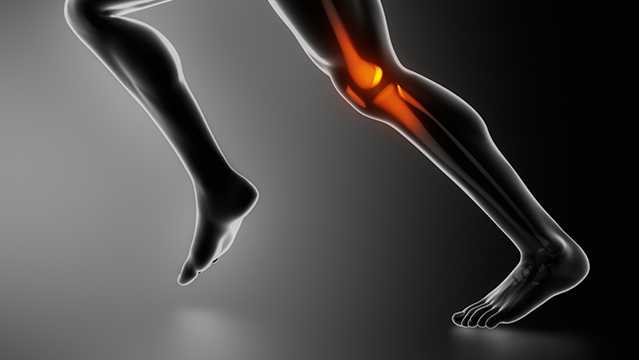
Contact Us
Orthopedics

Orthopedic surgery or orthopedics helps to solve issues pertaining to the musculoskeletal system, areas of the body including the cartilage, muscles, joints, and other types of connective tissue. Orthopedic surgery can be used to treat a variety of deformities or maladies that result from degradation of these connective tissues.
Orthopedic Surgeries
There are many types of orthopedic surgery that repair muscles, ligaments, and joints from the neck to the feet. The most common types of orthopedic surgery include:Orthopedic Surgery
- Knee arthroscopy – This minimally-invasive procedure utilizes a type of endoscope, known as an arthroscope, in order to treat the damaged interior of the knee joint. Damage to the joint may be a result of floating cartilage or tearing of the surface cartilage for example. The benefits of utilizing this type of endoscope for surgery, instead of an open procedure, are that there is less trauma and improved recovery time. Additionally a knee arthroscopy may be used to diagnose problems as well as to treat them.
- Carpal tunnel release – Carpal tunnel disease results when either one or several flexor tendons on the palmar side of the wrist either swell or degenerate, causing the carpal tunnel to narrow. When the carpal tunnel (or carpal canal) narrows due to the swelling or degeneration of a flexor tendon it results in pain and weakness in the hand. In order to treat this condition it is often necessary to perform a carpal tunnel release where an orthopedic surgeon will cut the carpal transverse ligament and, in some cases, remove the tissue around the median nerve in order to reduce pressure. Carpal tunnel release can be performed in an open procedure or by using endoscopic surgery.

Hip Replacement
– As a result of age or injury a patient’s hip joint may need to be replaced with a prosthetic hip. A surgical hip replacement procedure is performed in cases where the patient is experiencing any form of arthritis in the hip or to treat a hip fracture. The replacement itself may consist of several different parts, including the acetablular cup, femoral component, and articular interface, and can be made of different materials including titanium and polyethylene. Several different methods for this procedure can be performed including:
- Minimally-Invasive – A double incision surgery may be employed in order to reduce the amount of damage to the soft tissue, as the size of the incision is reduced. This may require the surgeon to use an intraoperative x-ray fluoroscope or systems for computer guidance. This method may not be applicable for all patients as visualization and accuracy can be impaired.
- Posterior Approach – The posterior approach to hip replacement surgery allows for improved access to the acetablulum and femur. It additionally provides less risk of dysfunction in the abductor, although some believe there may be a higher rate for dislocation.
- Anterior Approach – Hip replacement surgery is performed using an interval between the artorius muscle and tensor fascia latae. This method is often implemented in cases where recovery time needs to be reduced significantly for health reasons.
- Laminectomy – This orthopedic surgery is used to remove the lamina in the vertebral bone, typically used to treat spinal stenosis. This orthopedic surgery is mostly minimally-invasive and leaves the parts of the vertebra adjacent to the lamina, as well as the back muscles, intact instead of cut in other types of procedures.
These types of orthopedic surgery are most commonly performed by orthopedic surgeons that specialize in the connective tissue of the body.
Shoulder Orthopedic Surgery
Several types of shoulder issues may require the use of shoulder orthopedic surgery including bursitis, a tear of the rotator cuff, or instability. Our orthopedic surgeons at ASI are able to provide multiple solutions for shoulder orthopedic surgery to meet your specific needs.
Our orthopedic surgeons will conduct a thorough process of evaluation in order to determine the procedure that is right for your needs, including the latest diagnostic tests such as MRI and CT scans to examine the condition all parts of your shoulder are in. Surgeons may conduct an arthroscopy to help diagnose or to aid in surgery and an open procedure may be necessary in some cases. Discussing your needs with an orthopedic surgeon will help to assess the best method of treatment.













